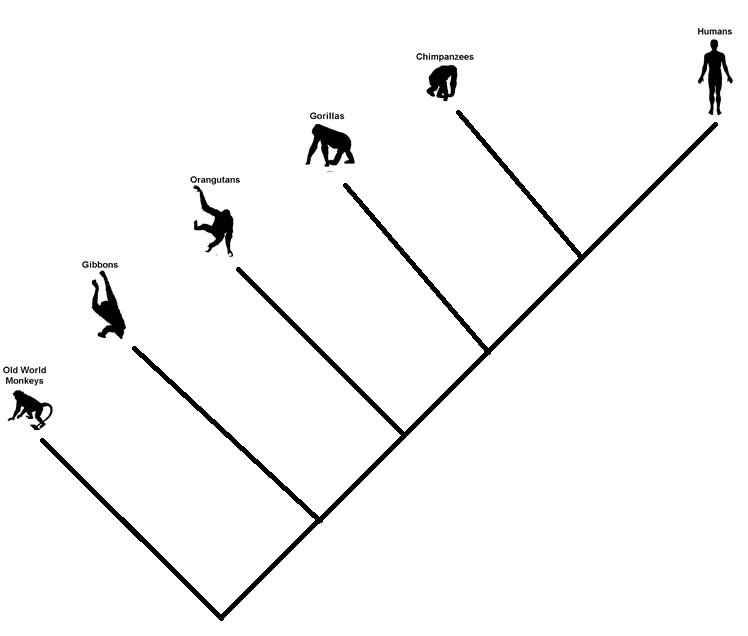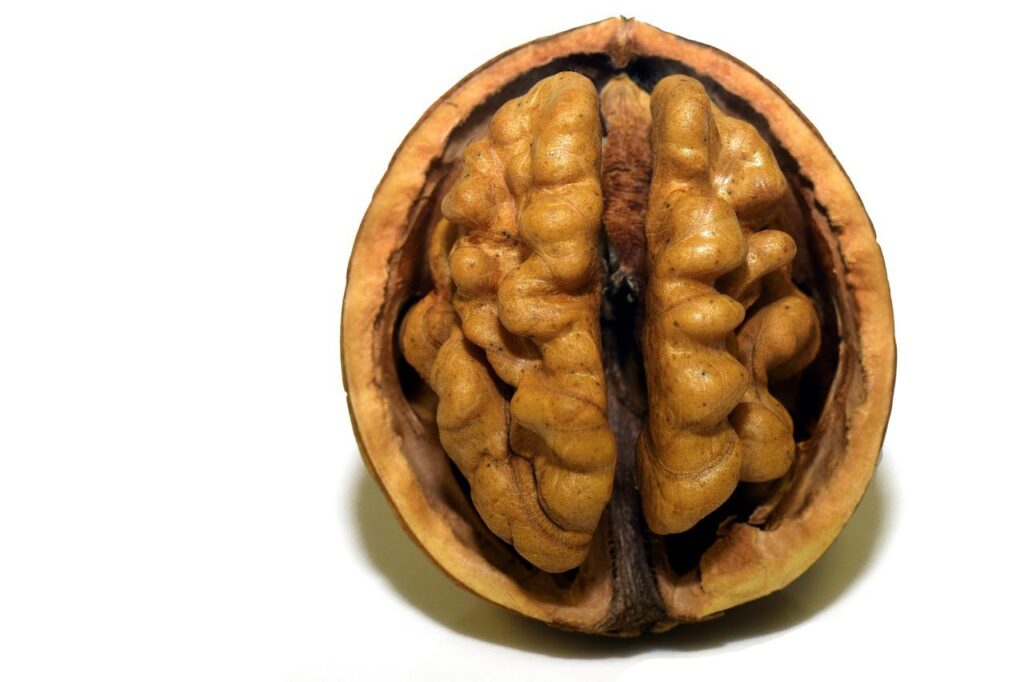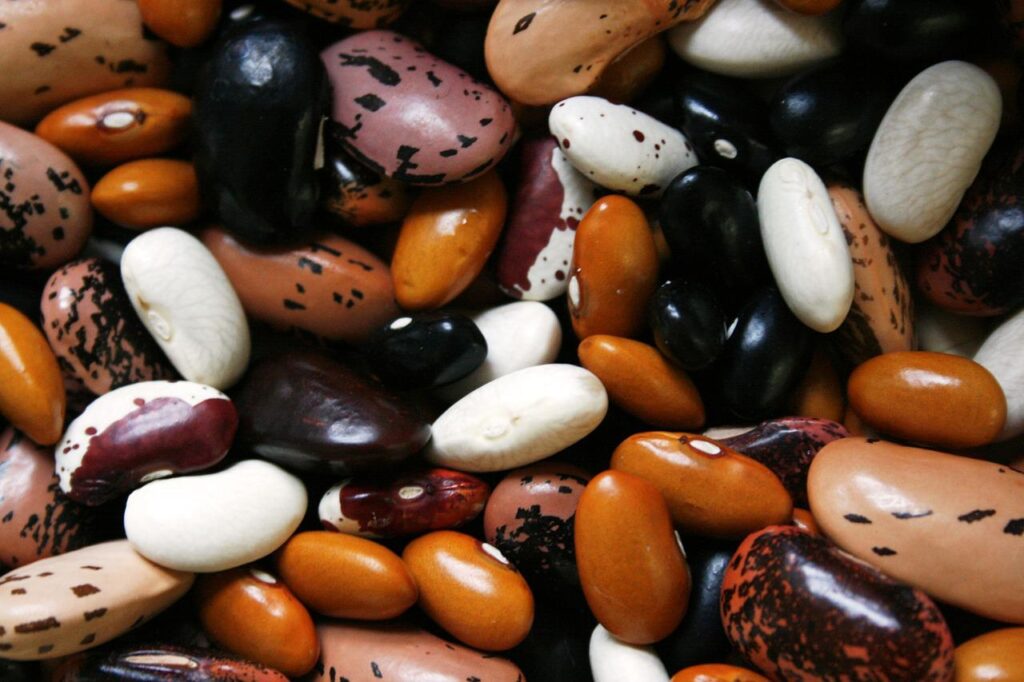Covid and Smoking
A paper was published in April 2020 on the open science platform, Qeios. The topic was the potential benefit of tobacco smoking to protect against Covid-19.
The conclusions in the article were based on data from observational studies and not randomised clinical trials. We have already discovered issues which arise from observational studies, collider bias being one of them.
Collider bias happens when two variables, e.g., risk factor and outcome, influence a third, namely, the likelihood of being sampled. In our case, the sampling occurred on or before April 2020, in the earlier part of the pandemic. As you may recall, testing was in the developing stages, and the focus was on front-line health workers and patients with severe symptoms. In technical terms, the sample was not random or representative.
Therefore, the data space has narrowed down to health workers, and within those, there are smokers and non-smokers. As a consequence of the testing strategy, the survey censored out the smokers who had no symptoms. And this exaggerated proportion of non-smokers who had symptoms in the sample.
References
Low incidence of daily active tobacco smoking in patients with symptomatic COVID-19: Qeios, CC-BY 4.0 · Article, April 21, 2020
Collider bias undermines our understanding of COVID-19 disease risk and severity: Nature Communications, 2020, 11:5749
Randomised Controlled Trials: BMJ



